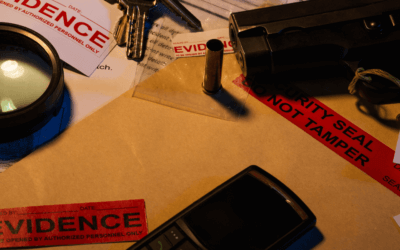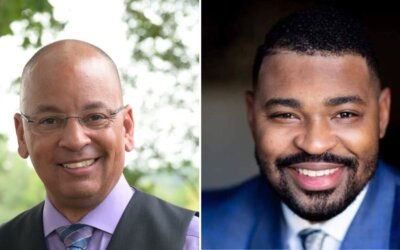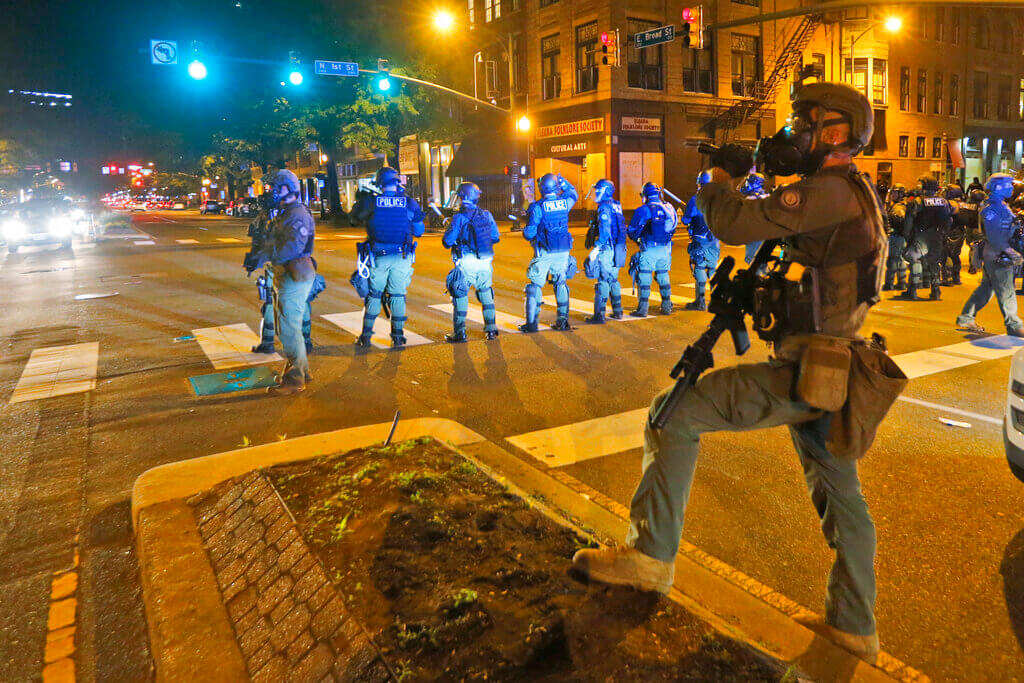
Police secure an intersection in Richmond, Va. Protests continue across the country over the death of George Floyd, a black man who died after being restrained by Minneapolis police officers on May 25. (AP Photo/Steve Helber)
After the latest in a series of questionable decisions by law enforcement, Eve argues it’s time for police departments to answer two questions.
RICHMOND-The real irony of the common police department motto, “to protect and to serve,” is that there is no indication in this phrase as to the object of their service and protection. Who are the police for? What do they protect?
The childhood understanding of this that I had was “us,” a telling assumption from a white femme raised in the suburbs in a family that had a Costco membership. As I grew older and was less sheltered than the homeschool insular world that had initially buffered me from any semblance of reality, I was confused why my friends from the “outside” world hated and feared the police. Weren’t they there for all of our good?
My immensely sheltered, privileged world was shattered the more history I read, the more I learned about how whitewashed (literally) my homeschool education had been. Police forces in the south mostly had their start as fugitive slave patrols, served to enforce capitalist bosses’ wills against their employees, and to protect any who served the latent white supremacist structures of our civil status quo.
When a journalist friend invited me to join him when he went to cover the Unite the Right 2 rally in Washington, DC in 2018, I drove up to observe the protest and the counter-protesters. The neo-Nazis, led by Jason Kessler, were (mostly) heavily armed. They were guarded from the counter-protestors by layers upon layers of police in full riot gear. Around me stood antifascists in black bloc, largely unarmed other than some broom handles, and other protesters in street clothes, some wearing helmets as their minimum level of anticipatory self-defense against a riot. The crowd surrounding the cops and the Neo-Nazis was loud but peaceful, shouting chants and trying to drown out Kessler’s speech in Lafayette Square.
‘I saw with perfect clarity’
The rally finished faster than anyone expected and some restless Proud Boys infiltrated the counter-protester crowd. They tried to start some conflicts. The police surrounded us, double and then triple rows of bikes jammed together in riot formation with their accompanying stormtrooper-like cops in full riot gear.
I had never been in such a tight situation with both a tense crowd and cops slowly closing in on us and the aggressors, inch by inch, but the moment I did I saw with perfect clarity who they were there for. They were there for the protection of, first, the neo-Nazis, and second, the businesses surrounding the park. Not for the counter-protestors.
Someone in the crowd started shouting “Who do you protect? Who do you serve?” and the chant took off. The cops shifted, uncomfortable. Anger flashed across a few faces. They moved closer in towards us, pressing us all together in the center of the kettle.
This story is not particularly interesting, because it’s extremely common–and now after the summer of Black liberation protests across the U.S., you’d be hard-pressed to find an able-bodied millennial of liberal persuasion who hasn’t either been kettled themselves, tear-gassed by police, or witnessed one of the two at a protest this past summer.
This uprising is long overdue, but if you look at TikTok now you’ll see that it’s not just my peers who have embraced Black Lives Matter and ACAB as fundamentals of social agreement–the Zoomers are more progressive still.
The police has a PR problem
The police as an institution clearly has a PR problem. And yet so many conversations around the #BackTheBlue pushback to the BLM/ACAB precepts come back to: but they’re individually not all bad, it’s just a few “bad apples.”
Eliding the obvious omission of the rest of that proverb (“…spoil the barrel”), if cops want to defend their continued existence in a political environment where “defund the police” is becoming less and less of a radical-sounding concept, these institutions of pro-capital, pro-class stratification, anti-Black power need to take a serious look at themselves going forward. They are, effectively, their own best anti-cop smear campaign.
Looking at Richmond and Roanoke’s police departments since the summer, as my two most local examples (a better case study is Portland, but we’ll stick close to home here): at the first Black Lives Matter (organized by No Justice No Peace and the People’s Power Network) march in Roanoke this past summer on May 30, I showed up 30 minutes late because of traveling-with-infant-logistics (my sister and nephew were visiting).
We walked out of Gainsborough into downtown to join the protest in front of the Roanoke City Jail just as the crowd was reeling with disorder and panic from a cop unleashing pepper spray at protestors, unprovoked. I ran into a woman searching for water to flush her eyes, and another who had lost her shoes and was bleeding from tearing up her bare feet on the pavement in her attempts to get away.
‘They tear-gassed a baby’
As we got closer to the jail, we kept hearing people say over and over again “they tear gassed a baby!”–we later learned that it was pepper spray but, in fact, a young child in a stroller had been just downwind of the gas-masked police officer who had unleashed pepper spray on the crowd.
As far as I know, despite city council meetings over the police behavior that day and dozens and dozens of protests in front of the city jail over the course of the following months, nothing was done on behalf of the child caught by the pepper spray or to censure the officer who deployed it.
At the end of the City’s fiscal year, they voted to approve a new budget that increased the “community safety” (largely police-related) line item by 2.3 million. They also cut education funding by $570,000 and human services funding by $116,000.
The night of the protests on May 30th, after things began to quiet down, local alt-right militia members gathered to distribute water to the police stationed out front of the city jail. Who were the police there to protect and serve? Not the BLM protestors.
In Richmond, we’ve seen this same ethos play out on a large scale over and over again. Drone footage captured the most cinematic moment early on in the summer of daily vigils held at the Marcus Davis Peters Circle in Richmond. The footage begins with an image of the Circle, crammed with protestors hanging out. The mood is relaxed.
It feels like a neighborhood summer potluck about to start. And then in the distance, armored cars pull up, and police swarm. Someone throws a tear gas canister into the crowd on the Circle. Smoke obscures the view, but people flee and police pursue. Arrests are made, forcefully.
This shouldn’t surprise anyone who’s been paying attention. Back in January at the Virginia Assembly’s Lobby Day, the 2A crowd filled the area around the Capitol in Richmond, (absent those domestic terrorists who were planning a coup that day and got stopped by the FBI), many of whom were also affiliated with various alt-right and neo-Nazi groups: Proud Boys, Boogaloo Boys, 111 Percenters, etc.
Who did the police follow most of that day as suspicious persons? Not the heavily armed neo-Nazis, but the anti-fascist crowd medics, volunteers prepared to help if a true crisis arose.
A repeating pattern
Richmond police repeated this pattern over and over in the months since. They won’t interfere with multiple groups of fully armed pro-Trump protestors in downtown after the City Council established a ban on open-carrying at protests in September, but will happily arrest a citizen journalist filming them from across an intersection and complying with crowd control orders.
They will also sentence a Henrico woman to five years in prison after waving a laser pointer at a police helicopter circling the Marcus Davis Peters Circle crowd of anti-fascist protestors to intimidate them to disperse back in June.
The stories I could reference to support this argument are legion. Police forces across this nation have built themselves tiny armies, arming themselves beyond reasonable methods as if arming themselves for war against … who? Clearly, not the neo-Nazis or the Boogaloo Boys, not those who stand for white supremacy, a capitalist carceral state, or fascist-only free speech.
If the U.S. police forces as they currently exist want to survive much into the 2020s, a soul-searching on the institutional and individual level is vital: Who do you serve? Who do you protect?
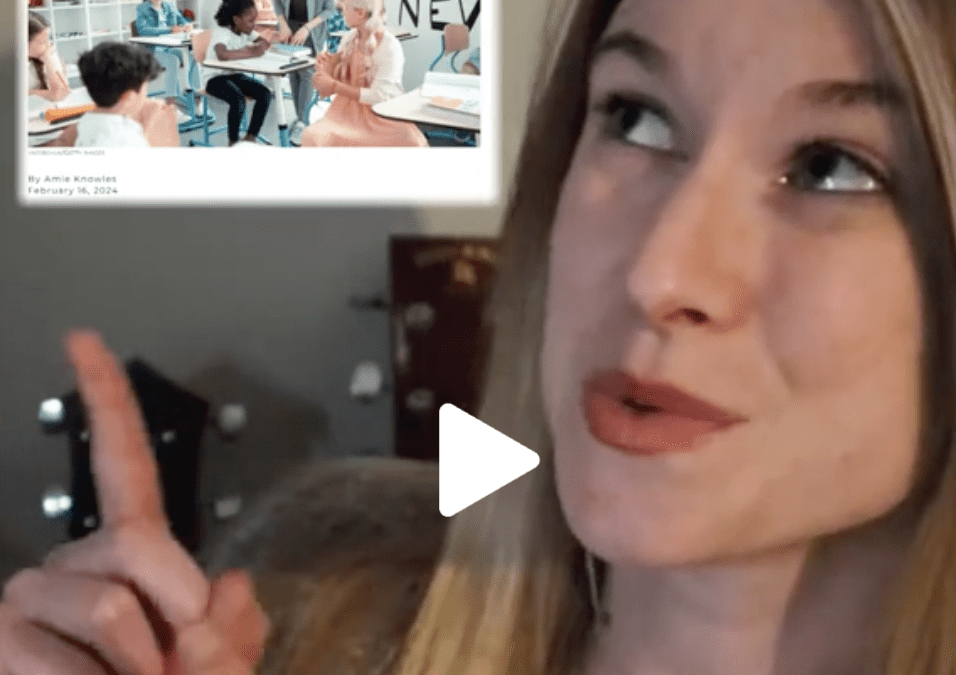
VIDEO: Your support matters!
Your support matters! Donate today. @vadogwoodnews Your support matters! Visit our link in bio to donate today. #virginianews #virginia #community...
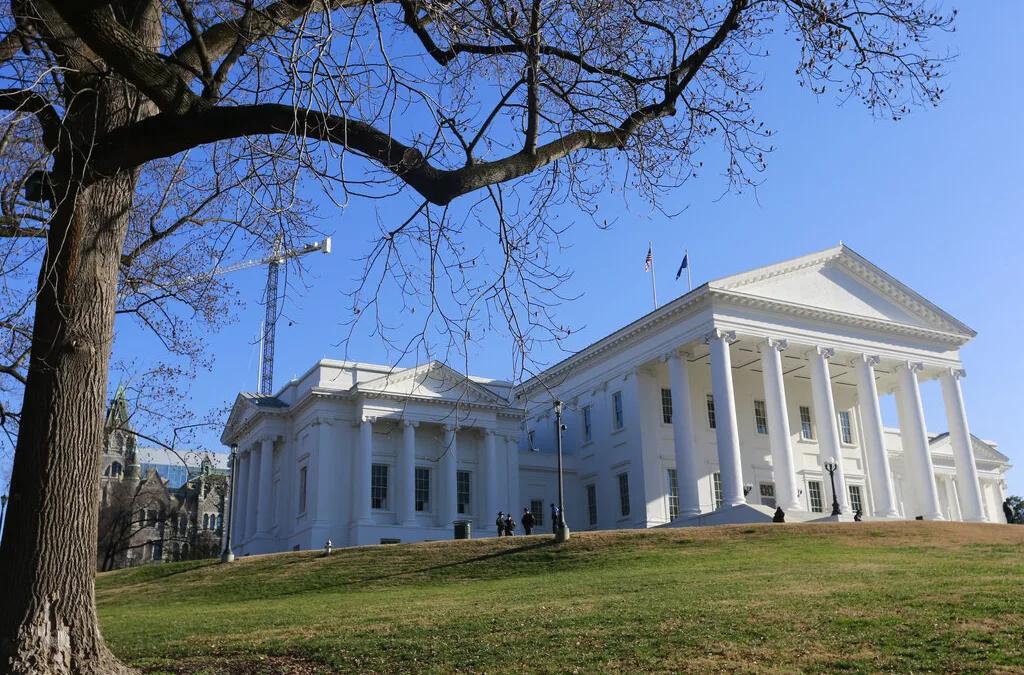
Op-Ed: Virginia’s new Democratic majorities pass key bills to improve your lives, but will Youngkin sign them?
The 2024 Virginia General Assembly regular session has wrapped up. It was a peculiar session from the outset, with Democratic majorities in the...
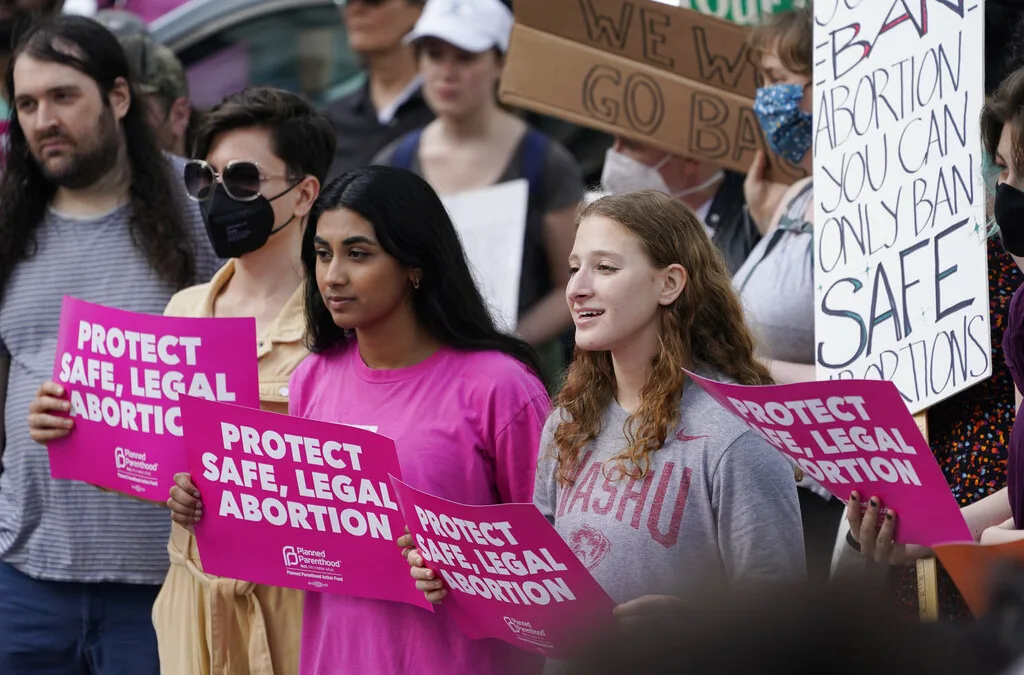
Op-Ed: Why Virginia Needs A Constitutional Amendment Protecting Reproductive Freedom
Virginia’s recent election season in 2023 drew in eyes from all over the country. Reproductive freedom was on the line and Virginia remained the...

From the state rock to the state flower, here’s how Virginia got its symbols
Have you ever wondered why the Dogwood is the state flower? Or how the cardinal became the state bird? We’re here to answer those questions and more...
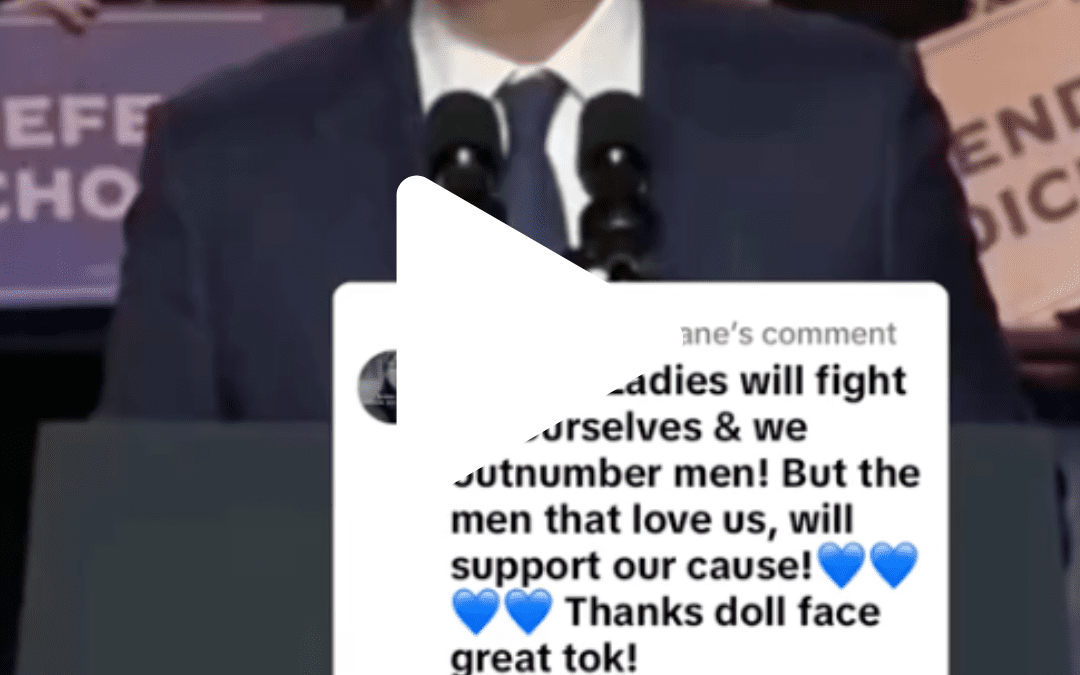
VIDEO: Second-gentleman Douglas Emhoff gives speech on reproductive freedom
Second gentleman, Douglas Emhoff touched on reproductive freedom not only being a woman's issue but "an everyone's issue" during the Biden-Harris...
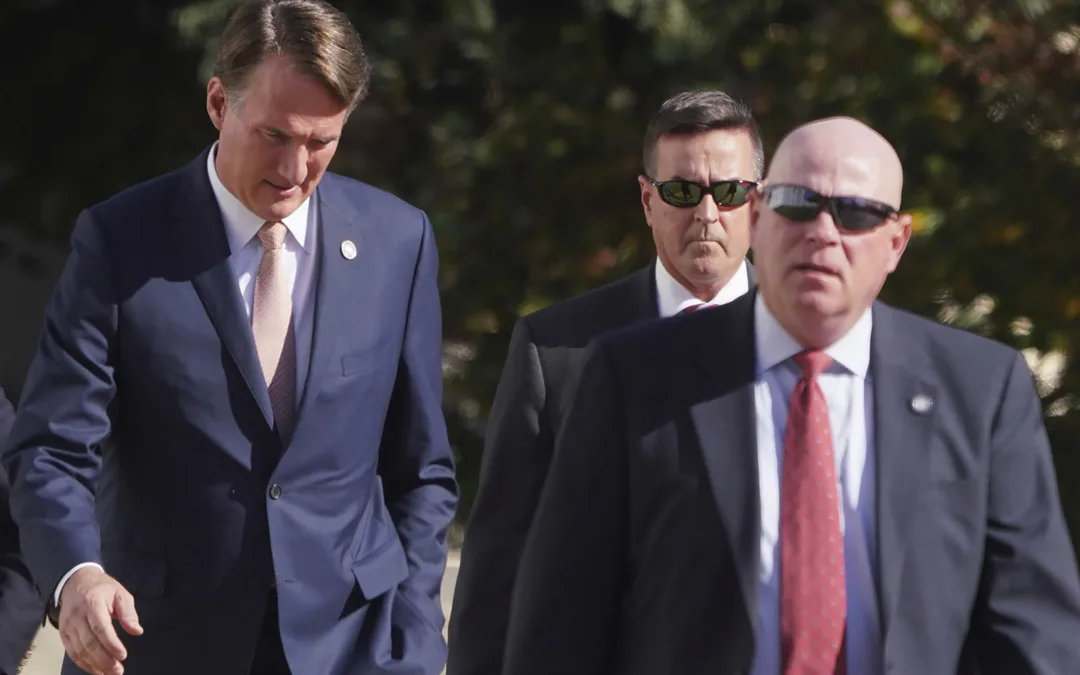
Glenn Youngkin and the terrible, horrible, no good, very bad night
Election Day 2023 has come and gone, and while there are votes to be counted, one thing is perfectly clear: Virginians unequivocally rejected Gov....


